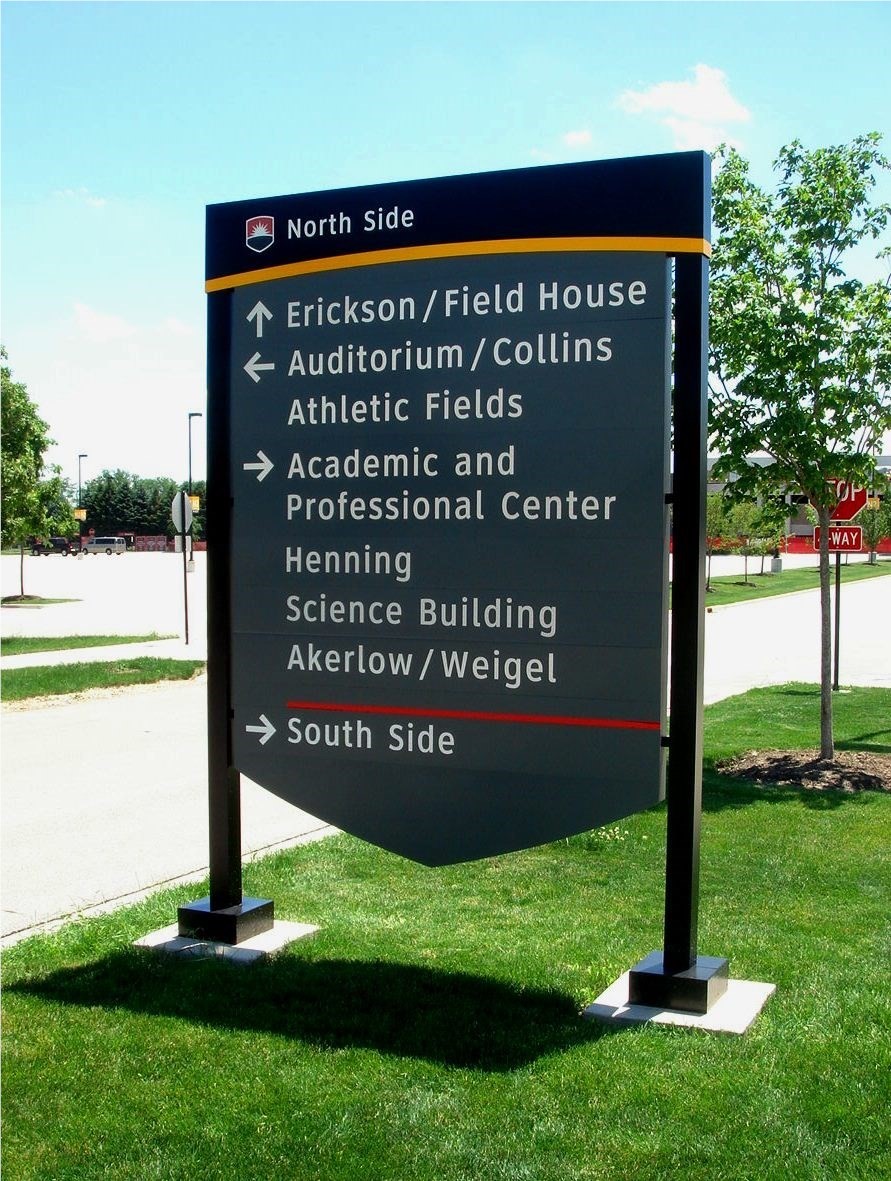
A familiar feeling of the first day on campus is making way through unfamiliar corridors and feeling lost as you try to make sense of your path. Finding your way into a class, meeting, or room on campus can be frustrating and tiresome. So, here comes the big question: how can campus visitors find their way on the campus grounds?
Besides the school signage and logo that assures them that they are in the right place, directing your campus visitors with wayfinding signs is also an excellent way to quickly help your guests familiarize and integrate themselves into the system. This blog post will give deeper insight into what wayfinding signs are and their benefits. So let's dive right into it.
What Are Wayfinding Signs
Wayfinding signs give directions on where to go. They direct visitors and help them find their way around an institution, from outdoor directional signage throughout your business campus to interior directional signs that bring them to the right room. Note that you can use this not only on campus but in other institutions such as businesses, hospitals, malls, tourist centers, and big buildings where people frequent.
These signs are not a form of advertising; their sole purpose is to inform visitors of where they are and direct them without anyone doing that physically. So, it is important to note that developing a wayfinding system is not so simple.
Several techniques are required to direct people with signage; one of them is that it should be simple, clear, and easy to understand at one glance. Here's why you should hire a reliable custom signs company such as Parvin-Clauss for expert creatives to help you with your institution sign installation.
Types of Wayfinding Signage
Conventionally, there are four types of wayfinding signage: directional, identification, regulatory and informational. Each type has its specific purposes. So, let's take a quick look.
Directional signs help your visitors find their way. It is one of the most common wayfinding signs; it helps a visitor get a full view of the property and keeps guests going in the right direction towards their destination. It's almost similar to a map. In contrast, identification signage is typically located around meeting rooms, washrooms, or elevators. They are useful in pointing out and drawing a visitor's attention to a feature they might need.
Regulatory signage solely helps everyone stay safe. These signs, unlike directional, are specific to one area of the institution.
Benefits of Wayfinding Signs
These signs benefit your visitors in any institution more than you could imagine. So let's take a look at some benefits of wayfinding signs:
- It allows you to highlight your brand and make a stylish statement while giving visitors essential information about your business.
- It reduces the stress level of visitors, thus increasing customer satisfaction and promoting a good brand image.
- Wayfinding signs come in all shapes and sizes for indoor and outdoor. So, you can choose the right one that fits your brand's style.
- It reduces the need for receptionists and increases self-service.
Learn More About Our Signage Services Today
Suppose you would love to hire top creative minds and graphic artists for your sign installation and maintenance. Then, be sure to contact us through our request form. Since 1952, when we began our services in Maywood, Illinois, we have offered top-notch services to our customers. Now, Parvin Clauss works Nationwide, and we will be more than pleased to help you direct your building visitors with wayfinding signs.
Subscribe to Parvin-Clauss's Blog


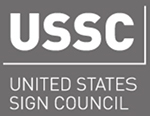


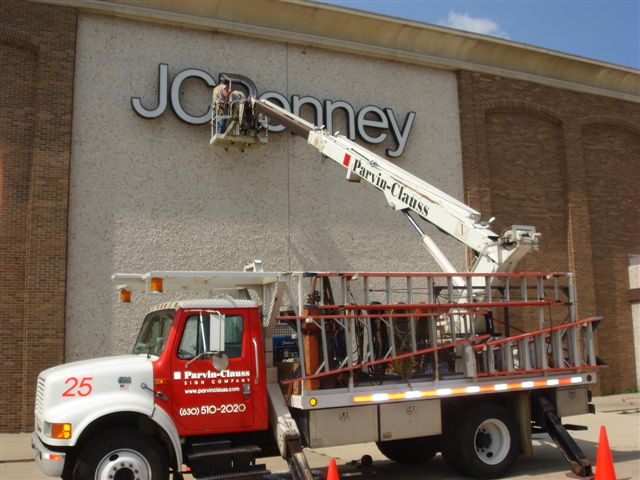
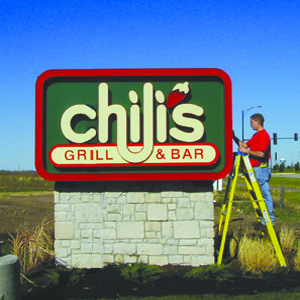
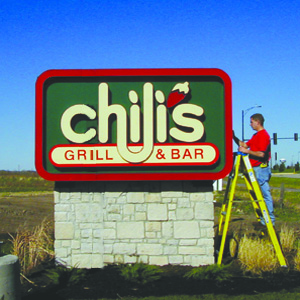

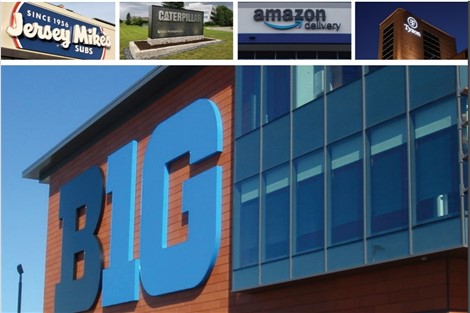
Comments